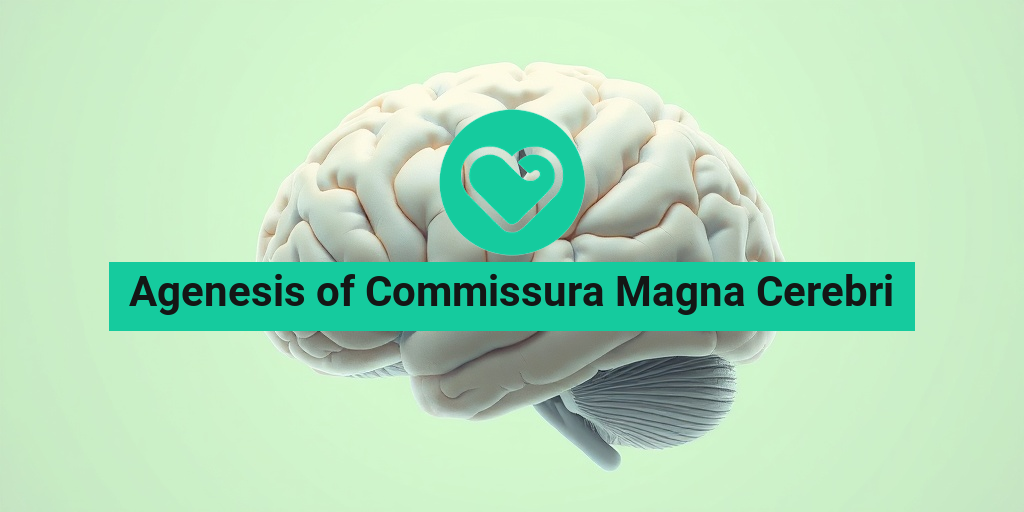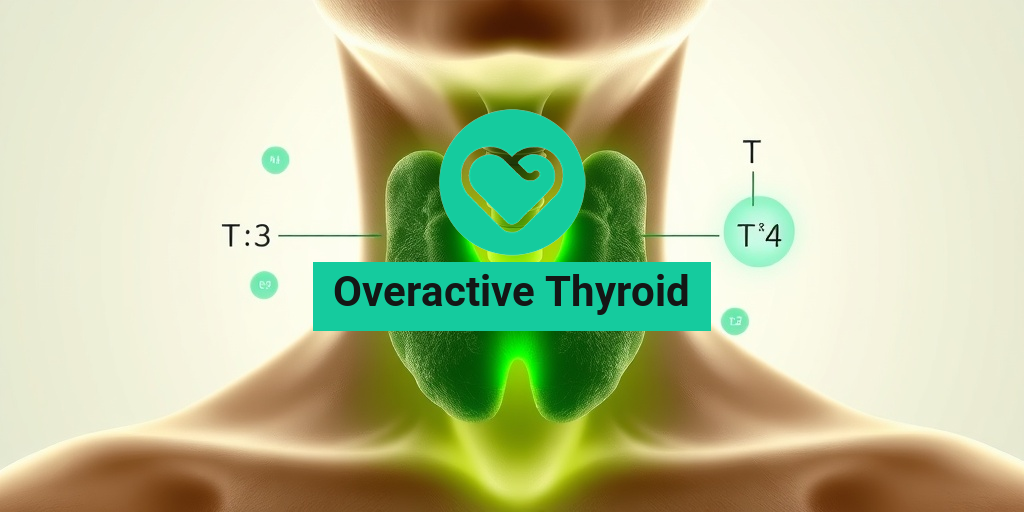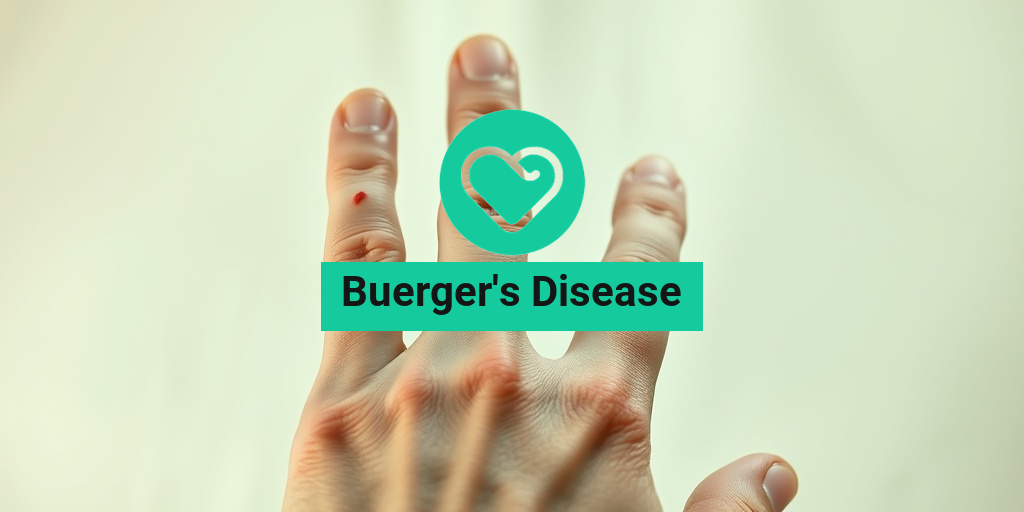What Is Agenesis of Commissura Magna Cerebri?
Agenesis of Commissura Magna Cerebri, often referred to as ACMC, is a rare neurological condition characterized by the absence or incomplete development of the corpus callosum, which is the structure that connects the left and right hemispheres of the brain. This condition can lead to a variety of developmental and cognitive challenges, as the corpus callosum plays a crucial role in facilitating communication between the two sides of the brain.
The exact cause of ACMC is not fully understood, but it is believed to arise during early fetal development. Genetic factors, environmental influences, and maternal health conditions may contribute to its occurrence. In some cases, ACMC can be associated with other brain anomalies or syndromes, making early diagnosis and intervention essential.
Understanding the Brain’s Structure
To grasp the implications of ACMC, it’s important to understand the role of the corpus callosum. This structure is composed of nerve fibers that allow for the transfer of information between the brain’s hemispheres. When the corpus callosum is absent or underdeveloped, it can disrupt normal brain function, leading to various neurological symptoms.
Prevalence and Diagnosis
Agenesis of Commissura Magna Cerebri is considered a rare condition, with varying prevalence rates reported in different populations. Diagnosis typically occurs through imaging techniques such as ultrasound during pregnancy or magnetic resonance imaging (MRI) after birth. Early detection is crucial, as it allows for timely intervention and support for affected individuals and their families.
Symptoms of Agenesis
The symptoms of Agenesis of Commissura Magna Cerebri can vary widely among individuals, depending on the severity of the condition and any associated anomalies. Some common symptoms include:
- Developmental Delays: Children with ACMC may experience delays in reaching developmental milestones, such as walking, talking, and social interaction.
- Cognitive Impairments: Some individuals may face challenges with learning, memory, and problem-solving skills.
- Motor Coordination Issues: Difficulty with coordination and balance can be common, affecting physical activities and daily tasks.
- Seizures: In some cases, individuals may experience seizures due to abnormal brain activity.
- Behavioral Challenges: Emotional and behavioral issues, including anxiety and social difficulties, may also arise.
Variability of Symptoms
It’s important to note that not everyone with ACMC will exhibit all of these symptoms. The variability in symptoms can be attributed to factors such as the extent of the agenesis, the presence of other neurological conditions, and individual differences in brain development. Some individuals may lead relatively normal lives with minimal intervention, while others may require extensive support.
Importance of Early Intervention
Early diagnosis and intervention are key to managing the symptoms of Agenesis of Commissura Magna Cerebri. A multidisciplinary approach involving pediatricians, neurologists, therapists, and educators can help create a tailored support plan for affected individuals. This may include:
- Physical Therapy: To improve motor skills and coordination.
- Speech Therapy: To address communication challenges.
- Occupational Therapy: To assist with daily living skills and independence.
- Educational Support: To provide tailored learning strategies and accommodations in school settings.
For families navigating the complexities of ACMC, resources like Yesil Health AI (yesilhealth.com) can provide evidence-based health answers and support. Understanding the condition and available interventions can empower families to advocate for their loved ones effectively.
Conclusion
Agenesis of Commissura Magna Cerebri is a complex condition that requires a comprehensive understanding and approach. By recognizing the symptoms and seeking early intervention, families can help individuals with ACMC lead fulfilling lives. If you suspect that you or a loved one may be affected by this condition, consult with a healthcare professional for guidance and support. Remember, you are not alone on this journey! 🌟

Causes and Risk Factors
Agenesis of Commissura Magna Cerebri, a rare neurological condition, occurs when there is a failure in the development of the corpus callosum, the structure that connects the left and right hemispheres of the brain. Understanding the causes and risk factors associated with this condition is crucial for early diagnosis and management.
Genetic Factors
One of the primary causes of Agenesis of Commissura Magna Cerebri is genetic predisposition. Certain genetic syndromes, such as trisomy 13 and trisomy 18, have been linked to brain malformations, including agenesis. Additionally, mutations in specific genes can disrupt normal brain development, leading to this condition. If there is a family history of neurological disorders, the risk may be elevated.
Environmental Influences
Environmental factors during pregnancy can also play a significant role in the development of Agenesis of Commissura Magna Cerebri. Some of these factors include:
- Maternal infections: Infections such as rubella or cytomegalovirus during pregnancy can interfere with fetal brain development.
- Substance abuse: The use of drugs, alcohol, or tobacco during pregnancy has been associated with various developmental disorders.
- Exposure to toxins: Environmental toxins, such as heavy metals or certain chemicals, may contribute to the risk of brain anomalies.
Other Medical Conditions
Women with certain medical conditions, such as diabetes or obesity, may have an increased risk of having a child with Agenesis of Commissura Magna Cerebri. These conditions can affect fetal development and lead to complications during pregnancy.
Diagnosis of Agenesis
Diagnosing Agenesis of Commissura Magna Cerebri typically involves a combination of imaging techniques and clinical evaluations. Early diagnosis is essential for effective management and support for affected individuals.
Imaging Techniques
The most common method for diagnosing Agenesis of Commissura Magna Cerebri is through neuroimaging. The following imaging techniques are often utilized:
- Ultrasound: This is usually the first imaging technique used during pregnancy. A detailed ultrasound can sometimes reveal abnormalities in brain structure.
- Magnetic Resonance Imaging (MRI): An MRI provides a more detailed view of the brain and is the gold standard for diagnosing Agenesis of Commissura Magna Cerebri. It can help visualize the absence of the corpus callosum and assess any associated brain anomalies.
Clinical Evaluation
In addition to imaging, a thorough clinical evaluation is crucial. This may include:
- Neurological examination: A healthcare provider will assess the child’s neurological function, looking for signs of developmental delays or other neurological issues.
- Genetic testing: If Agenesis of Commissura Magna Cerebri is suspected, genetic testing may be recommended to identify any underlying genetic syndromes.
Importance of Early Diagnosis
Early diagnosis of Agenesis of Commissura Magna Cerebri is vital for several reasons:
- Intervention: Early identification allows for timely interventions, such as physical therapy or educational support, which can significantly improve outcomes.
- Family Support: Understanding the condition can help families prepare for the challenges ahead and access necessary resources.
- Monitoring: Regular follow-ups can help monitor the child’s development and address any emerging issues promptly.
In conclusion, recognizing the causes and risk factors of Agenesis of Commissura Magna Cerebri, along with understanding the diagnostic process, is essential for effective management and support. If you suspect any abnormalities during pregnancy or have concerns about your child’s development, consult a healthcare professional for guidance and support. 🧠✨
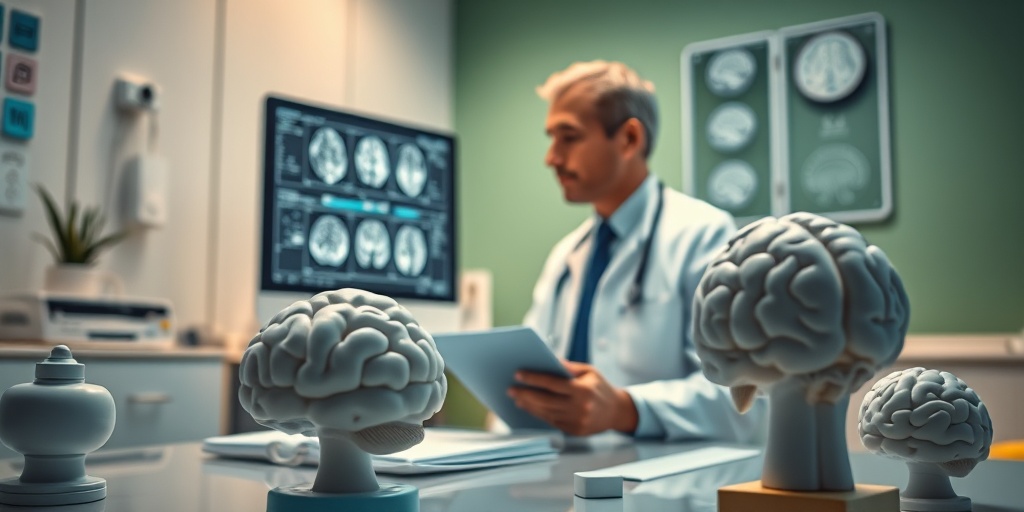
Associated Conditions
Agenesis of Commissura Magna Cerebri, a rare neurological condition characterized by the absence of the corpus callosum, can be associated with a variety of other medical issues. Understanding these associated conditions is crucial for early diagnosis and effective management. Here are some of the most common conditions linked to this anomaly:
1. Developmental Delays
Children with Agenesis of Commissura Magna Cerebri often experience developmental delays. These can manifest in various ways, including difficulties in speech, motor skills, and social interactions. Early intervention through therapies such as speech and occupational therapy can significantly improve outcomes.
2. Seizure Disorders
Seizures are another common complication associated with this condition. The absence of the corpus callosum can lead to abnormal electrical activity in the brain, resulting in seizures. Parents and caregivers should be vigilant for signs of seizures and consult a neurologist for appropriate management.
3. Behavioral Issues
Many individuals with Agenesis of Commissura Magna Cerebri may also face behavioral challenges. These can include difficulties with attention, impulse control, and social interactions. Behavioral therapy and support from mental health professionals can be beneficial in addressing these issues.
4. Other Neurological Anomalies
In some cases, Agenesis of Commissura Magna Cerebri may occur alongside other neurological anomalies, such as hydrocephalus (accumulation of cerebrospinal fluid in the brain) or malformations of cortical development. These conditions can complicate the clinical picture and require a multidisciplinary approach for management.
5. Genetic Syndromes
There is also a potential link between Agenesis of Commissura Magna Cerebri and certain genetic syndromes. Conditions such as Down syndrome or Turner syndrome may present with similar brain anomalies. Genetic counseling can provide valuable insights for families affected by these conditions.
Treatment Options
While there is no cure for Agenesis of Commissura Magna Cerebri, various treatment options can help manage symptoms and improve quality of life. The approach to treatment is often multidisciplinary, involving a team of healthcare professionals. Here are some common treatment strategies:
1. Early Intervention Programs
Early intervention is critical for children diagnosed with Agenesis of Commissura Magna Cerebri. Programs that focus on speech therapy, occupational therapy, and physical therapy can help address developmental delays and improve functional abilities. These therapies are tailored to the individual needs of the child and can lead to significant improvements over time.
2. Medication Management
For those experiencing seizures, anticonvulsant medications may be prescribed to help control seizure activity. It’s essential for caregivers to work closely with a neurologist to find the most effective medication regimen, as responses can vary widely among individuals.
3. Behavioral Therapy
Behavioral therapy can be beneficial for addressing emotional and behavioral challenges. Techniques such as cognitive-behavioral therapy (CBT) can help individuals develop coping strategies and improve social skills. Involving family members in therapy sessions can also enhance support systems.
4. Educational Support
Children with Agenesis of Commissura Magna Cerebri may require special educational accommodations. Working with educators to create an Individualized Education Plan (IEP) can ensure that the child receives the necessary support in a school setting. This may include tailored learning strategies and additional resources to facilitate learning.
5. Regular Monitoring and Follow-Up
Regular follow-up appointments with healthcare providers are crucial for monitoring the child’s development and adjusting treatment plans as necessary. This ongoing care can help identify any emerging issues early and ensure that the child receives comprehensive support.
In conclusion, while Agenesis of Commissura Magna Cerebri presents unique challenges, a combination of early intervention, medical management, and supportive therapies can significantly enhance the quality of life for affected individuals. 🌟

Living with Agenesis of Commissura Magna Cerebri
Agenesis of Commissura Magna Cerebri (ACMC) is a rare neurological condition characterized by the absence of the corpus callosum, the structure that connects the left and right hemispheres of the brain. This condition can lead to a variety of challenges, but with the right support and understanding, individuals can lead fulfilling lives. In this section, we will explore what living with ACMC entails, including the potential symptoms, coping strategies, and available support systems.
Understanding the Symptoms
The symptoms of ACMC can vary widely among individuals, depending on the severity of the condition and any associated anomalies. Some common symptoms may include:
- Developmental Delays: Children with ACMC may experience delays in reaching developmental milestones, such as walking or talking.
- Cognitive Challenges: Some individuals may face difficulties with learning, memory, and problem-solving skills.
- Motor Coordination Issues: Fine and gross motor skills may be affected, leading to challenges in physical activities.
- Seizures: A subset of individuals may experience seizures, which can be managed with medication.
- Social Interaction Difficulties: Some may struggle with social cues and interactions, impacting their ability to form relationships.
Coping Strategies for Individuals and Families
Living with ACMC can be challenging, but there are several strategies that individuals and families can adopt to improve quality of life:
- Early Intervention: Engaging in early intervention programs can significantly enhance developmental outcomes. These programs often include physical, occupational, and speech therapy tailored to the individual’s needs.
- Educational Support: Collaborating with educators to create an Individualized Education Plan (IEP) can help address specific learning needs and provide necessary accommodations.
- Support Groups: Connecting with support groups, either in-person or online, can provide emotional support and practical advice from others facing similar challenges.
- Regular Medical Care: Routine check-ups with healthcare professionals, including neurologists and developmental specialists, are crucial for monitoring progress and addressing any emerging issues.
Creating a Supportive Environment
Creating a nurturing and understanding environment is essential for individuals with ACMC. Here are some tips for families and caregivers:
- Encourage Open Communication: Foster an environment where feelings and concerns can be shared openly, allowing individuals to express their needs and experiences.
- Promote Independence: Encourage self-help skills and independence in daily activities, which can boost confidence and self-esteem.
- Celebrate Achievements: Recognize and celebrate even the smallest achievements to motivate and inspire continued progress.
Future Research and Insights
As our understanding of Agenesis of Commissura Magna Cerebri evolves, ongoing research is crucial for uncovering new insights and improving outcomes for those affected. Here are some key areas of focus in current and future research:
Genetic Studies
Researchers are increasingly investigating the genetic factors associated with ACMC. Understanding the genetic underpinnings can help identify at-risk populations and lead to earlier diagnoses. This research may also pave the way for targeted therapies in the future.
Neuroimaging Advances
Advancements in neuroimaging techniques, such as MRI and functional MRI, are providing deeper insights into brain structure and function in individuals with ACMC. These technologies can help researchers understand how the absence of the corpus callosum affects brain connectivity and cognitive function.
Therapeutic Interventions
Ongoing studies are exploring various therapeutic interventions, including:
- Behavioral Therapies: Research is examining the effectiveness of behavioral therapies in improving social skills and cognitive function.
- Pharmacological Treatments: Investigating medications that may help manage symptoms, such as seizures or attention deficits, is a key area of focus.
- Assistive Technologies: The development of assistive technologies aimed at enhancing communication and learning for individuals with ACMC is also being explored.
Community Awareness and Education
Increasing awareness about ACMC within the medical community and the general public is vital. Education initiatives can help reduce stigma, promote understanding, and encourage early diagnosis and intervention. As more people become aware of this condition, it can lead to better support systems and resources for affected individuals and their families.
In conclusion, while living with Agenesis of Commissura Magna Cerebri presents unique challenges, ongoing research and community support are paving the way for improved outcomes and quality of life for those affected. 🌟
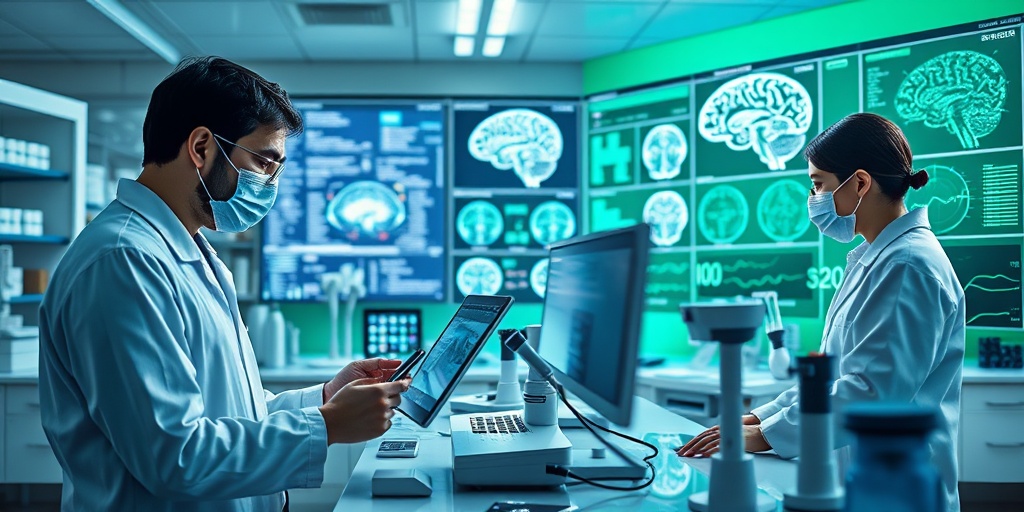
Frequently Asked Questions about Agenesis of Commissura Magna Cerebri
What is Agenesis of Commissura Magna Cerebri?
Agenesis of Commissura Magna Cerebri is a rare neurological condition characterized by the absence or incomplete development of the corpus callosum, which is the structure that connects the left and right hemispheres of the brain. This condition can lead to various developmental and cognitive challenges.
What are the symptoms of Agenesis of Commissura Magna Cerebri?
Symptoms can vary widely among individuals but may include:
- Developmental delays
- Difficulty with coordination and balance
- Learning disabilities
- Seizures
- Social and behavioral challenges
How is Agenesis of Commissura Magna Cerebri diagnosed?
Diagnosis typically involves imaging studies such as MRI or CT scans, which can reveal the absence or malformation of the corpus callosum. A thorough neurological examination and developmental assessments are also important for a comprehensive diagnosis.
What causes Agenesis of Commissura Magna Cerebri?
The exact cause of Agenesis of Commissura Magna Cerebri is not fully understood. However, it may be associated with genetic factors, prenatal exposure to certain substances, or other environmental influences during pregnancy.
Can Agenesis of Commissura Magna Cerebri be treated?
While there is no cure for this condition, various therapies can help manage symptoms and improve quality of life. These may include:
- Physical therapy
- Occupational therapy
- Speech therapy
- Educational support
What is the prognosis for individuals with Agenesis of Commissura Magna Cerebri?
The prognosis varies significantly depending on the severity of the condition and the presence of associated anomalies. Some individuals may lead relatively normal lives with appropriate support, while others may face more significant challenges.
Are there support groups for families affected by Agenesis of Commissura Magna Cerebri?
Yes, there are several support groups and online communities where families can connect, share experiences, and access resources. These groups can provide valuable emotional support and information about managing the condition.
What should I do if I suspect my child has Agenesis of Commissura Magna Cerebri?
If you suspect that your child may have this condition, it is important to consult with a healthcare professional. Early diagnosis and intervention can significantly improve outcomes and provide necessary support for development.

